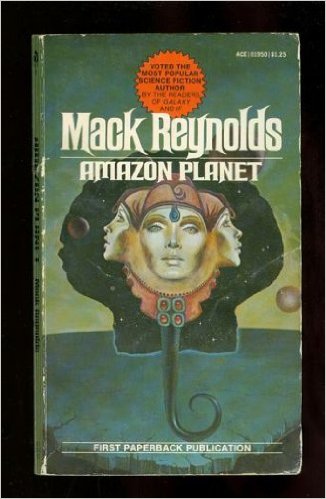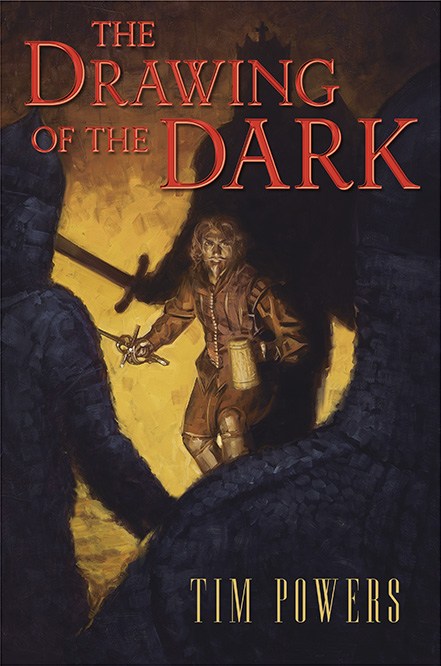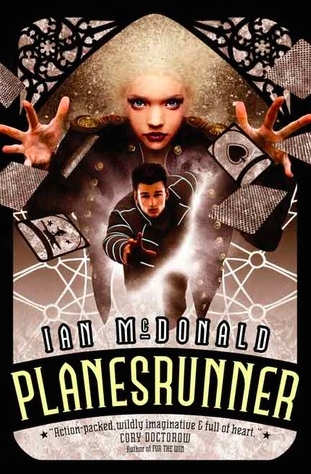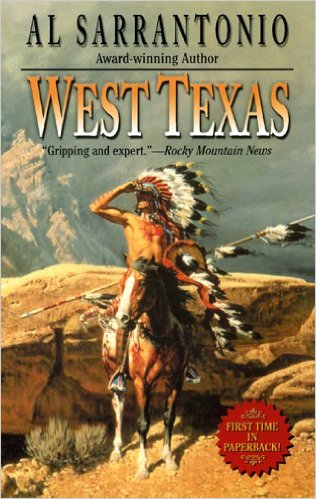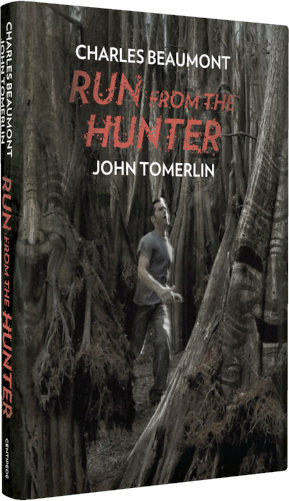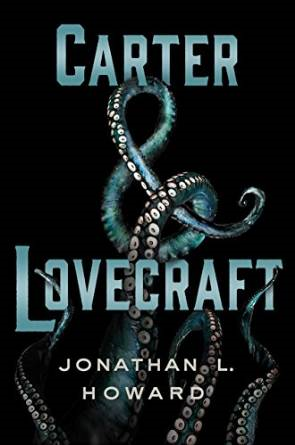
With the name Carter & Lovecraft, you know this book has got to be weird.
By Scott A. Cupp
This is the 178th in my series of Forgotten Books.
Late last year I began to hear some chatter about this book. I liked the title Carter & Lovecraft but I wasn’t sure what it was about. Did it deal with Lin Carter and the Ballantine Adult Fantasy Series? I wasn’t sure. And I never saw the book. Until Valentine’s weekend when I was attending ConDFW in Dallas.
ConDFW was celebrating its 15th anniversary and I believe I have been to all of them. Over the last 43 years, I have attended a large number of conventions, mostly in Texas, but I have gotten little afield from there. Anyway, ConDFW has a primarily literary focus and I have a good time there seeing old friends and trying to make some new ones.
Anyway, Adventures in Crime and Space had Carter & Lovecraft for me. I loved the cover by Ervin Serrano. Tentacle-lee things are always interesting on covers, don’t you think? When I saw it, I was pretty sure it was going home with me.
I opened up the book to read the flaps and discovered that I had other books by the writer, Jonathan L. Howard. Now I had three names to conjure with – Howard (a favorite of mine since 1967), Lovecraft (since 1968) and Carter (never a real fan of his writing but his period as editor of the adult Fantasy Series was wonderful). And then I see that Jonathan L. Howard was the author of the Johannes Cabal series of novels – Johannes Cabal the Necromancer, Johannes Cabal the Detective, Johannes Cabal: The Fear Institute, and The Brothers Cabal. I have the first two volumes (which also had great covers) but I had not read them. There was a quirky quality to them that appealed to me. I will now have to investigate the other two volumes and give them all a read.
Carter & Lovecraft (to get back to the book) deals with former policeman Dan Carter who has been involved in tracking down a serial killer called the Child-Catcher. While he and his partner are securing the scene, his partner talks to the killer and soon ends up killing himself. This is totally unexpected and bothers Dan a lot. He decides to retire from the force and become a private investigator.
The PI world is not Marlowe and Spade. It’s more divorce cases and skip tracing. Until the day a lawyer shows up and tells him that he is the sole heir to the estate of one Alfred Hill of Providence. Hill has been missing for seven years and has been declared dead. Carter has never heard of Hill and has no idea why he has gotten this legacy. But it involves a house. So he decides to check out the house and drives to Providence and finds that it’s not just a house. It is an antiquarian bookstore, Hill’s Books.
Inside the bookstore is a young African American woman, Emily Lovecraft. She is the last blood relation of H. P. Lovecraft, who was a great uncle of some sort. She’s heard all the stuff about him – his weird writings, his racism, and his misogyny, all of it. She is surprised to see Carter and to hear that Alfred Hill has been declared dead. Hill was her employer and had not been seen for a while, but she just thought he was eccentric.
Carter mentions the lawyer and brings out his paperwork, which appears to be legitimate to Lovecraft’s high powered boyfriend. Carter and Lovecraft reach an easy truce and Carter suddenly finds himself in a partnership with the woman.
Then the murders start. Not just any murders, but truly odd ones. A math professor drowns inside his car. Except that there is not any water in the car or in the lungs. And a casino pit boss in Atlantic City throws a young man out because he is defying the laws of probability at a roulette wheel. As he is escorted out, the man plays four slot machines side-by-side, hitting the maximum jackpots on each. Astronomical odds against that happening. And, soon after, the pit boss is killed when, while eating his dinner, he suddenly gains about 700 pounds and literally explodes within his office, just like Mr. Creosote in Monty Python’s The Meaning of Life.
Oddly enough, someone called Dan Carter on the math professor’s phone just after the murder and he finds himself deep in the investigation. This leads him to William Colt, an odd graduate student who has a cube of aluminum that isn’t quite right.
From here, the story gets wonderfully weird. Insane non-Euclidian geometry was always one of my favorite parts of the Lovecraft stories. And while it plays a part here, I was surprised that this novel does not draw on the Cthulhu Mythos stuff but rather on the Dunsanian fantasies Lovecraft wrote featuring the fictional dreamer Randolph Carter. Only, perhaps not quite fictional as Dan Carter appears to be a descendant who also suffers from odd dreams.
This was a very fun and very odd novel with lots of Lovecraftian lore in it. The ending is truly wild. I think it’s perhaps the best of this type of novel since T. E. D. Klein’s The Ceremonies so many years ago. I may still like the Klein book slightly better but they are both in good company.
If this sounds like your sort of insanity, I’d say, give it a try. As always, your dream journey may have different mileage than mine, but be sure to get green stamps along the way.
Series organizer Patti Abbott hosts more Friday Forgotten Book reviews at her own blog, and posts a complete list of participating blogs.
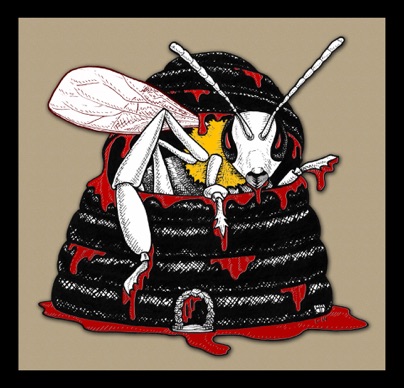 This weekend, I will be reading and appearing on panels at World Horror Convention 2016 in Provo, Utah.If you are too, I’d love to meet you. Your best chances of finding me:
This weekend, I will be reading and appearing on panels at World Horror Convention 2016 in Provo, Utah.If you are too, I’d love to meet you. Your best chances of finding me:
